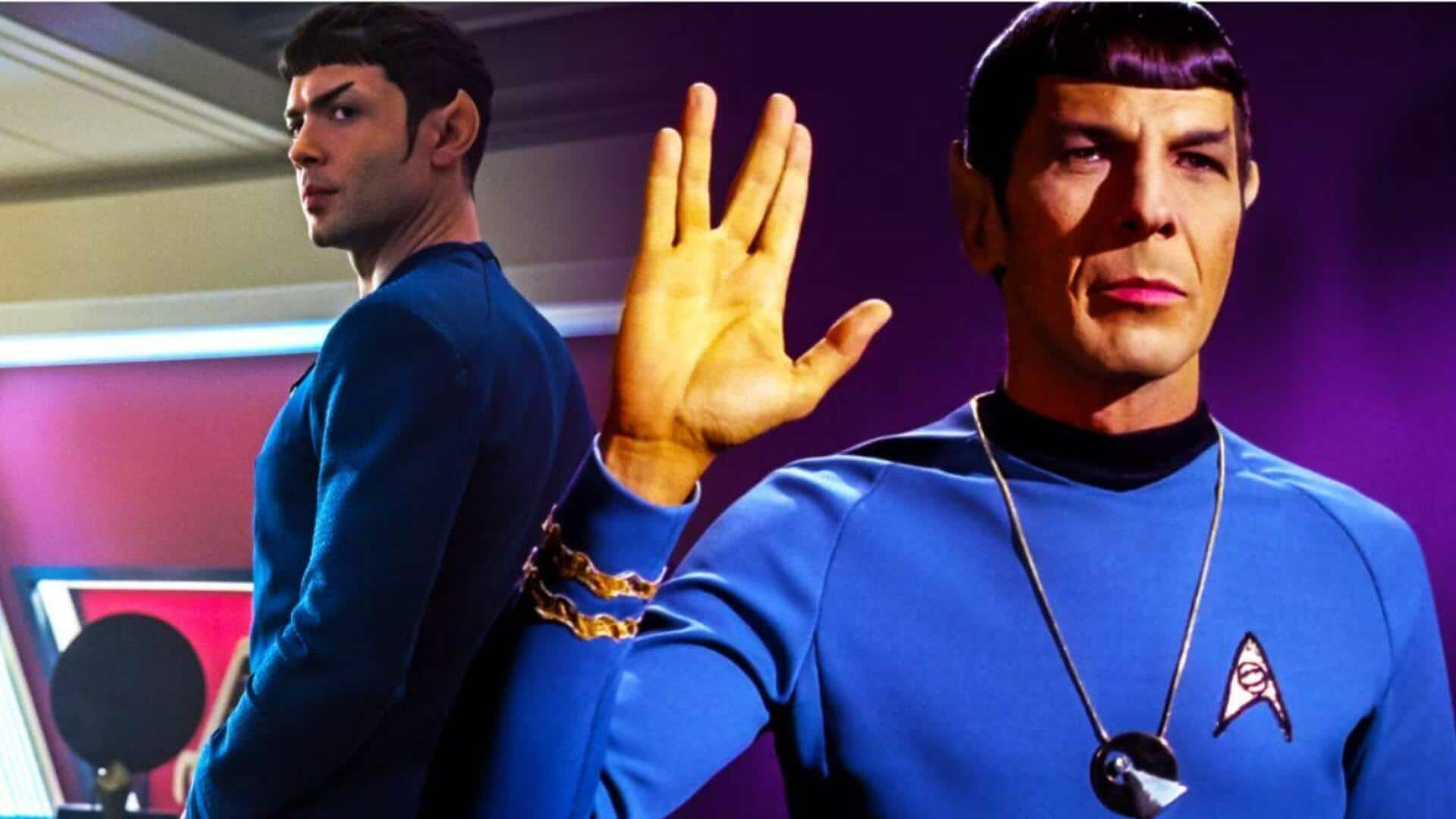
The fascinating journey of Spock across decades of 'Star Trek'
What's the story
From the 1960s television series to today's films, Star Trek's iconic character Spock has evolved tremendously in US cinema. From being a man of pure logic to one of pure curiosity, Spock's character has been a representation of everything good. In this piece, we take a look at how Spock's character has evolved through the decades, mirroring changing values and trends.
Initial portrayal
'Star Trek' original series impact
In the original Star Trek series, Spock was introduced as a half-human, half-Vulcan science officer on board the USS Enterprise. His logical demeanor and struggle with human emotions made him a unique figure on television. Leonard Nimoy's portrayal set a standard for future interpretations of the character, emphasizing intellect over emotion.
Cinematic debut
Transition to film
Spock made his film debut with Star Trek: The Motion Picture in 1979. The transition from TV to film allowed for a deeper exploration of his character. The movies expanded on his internal conflict between logic and emotion, giving audiences a more nuanced understanding of Spock's dual heritage.
Modern adaptations
Reimagining for new audiences
The rebooted Star Trek films introduced by J.J. Abrams gave us a fresh take on Spock's character. Played by Zachary Quinto, this version maintained core elements but adapted to modern storytelling styles. From Spock's relationships to his personal growth, these films highlighted everything, appealing to new viewers and long-time fans alike.
Lasting influence
Cultural significance over time
Spock's evolution is also a reflection of wider cultural changes that have taken place in US cinema. His lasting popularity highlights themes of diversity and acceptance that transcend generations. As society continues to evolve, so too does the understanding of characters like Spock, who defy convention but own their identity.